Introduction to time series and stationarity
ARIMA Models in Python

James Fulton
Climate informatics researcher
Motivation
Time series are everywhere
- Science
- Technology
- Business
- Finance
- Policy
Course content
You will learn
- Structure of ARIMA models
- How to fit ARIMA model
- How to optimize the model
- How to make forecasts
- How to calculate uncertainty in predictions
Loading and plotting
import pandas as pd
import matplotlib as plt
df = pd.read_csv('time_series.csv', index_col='date', parse_dates=True)
date values
2019-03-11 5.734193
2019-03-12 6.288708
2019-03-13 5.205788
2019-03-14 3.176578
Trend
fig, ax = plt.subplots()
df.plot(ax=ax)
plt.show()
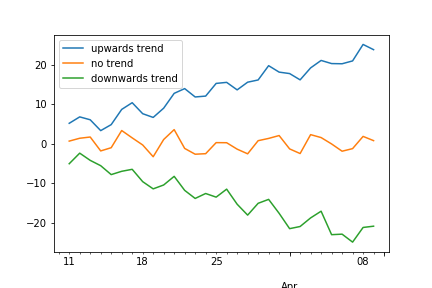
Seasonality
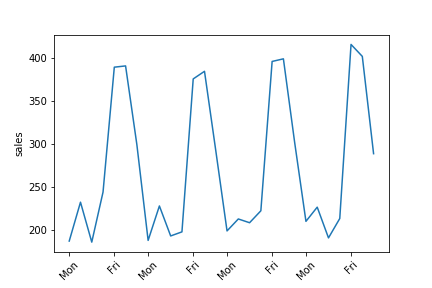
Cyclicality
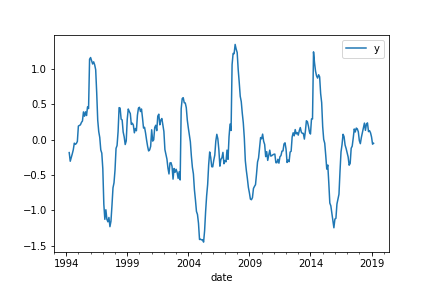
White noise
White noise series has uncorrelated values
- Heads, heads, heads, tails, heads, tails, ...
- 0.1, -0.3, 0.8, 0.4, -0.5, 0.9, ...
Stationarity
Stationary
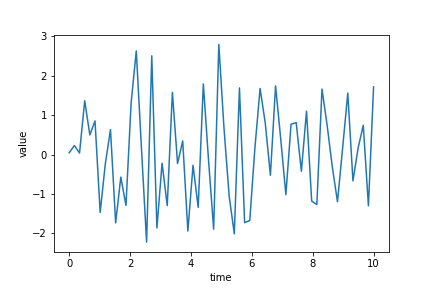
- Trend stationary: Trend is zero
Not stationary
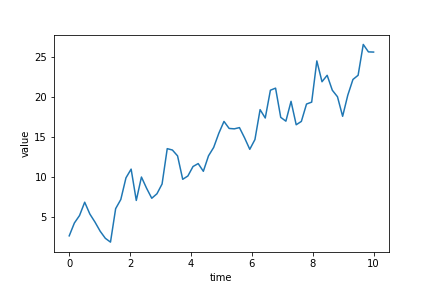
Stationarity
Stationary

- Trend stationary: Trend is zero
- Variance is constant
Not stationary
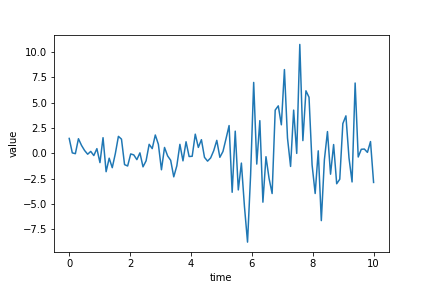
Stationarity
Stationary

- Trend stationary: Trend is zero
- Variance is constant
- Autocorrelation is constant
Not stationary

Train-test split
# Train data - all data up to the end of 2018
df_train = df.loc[:'2018']
# Test data - all data from 2019 onwards
df_test = df.loc['2019':]
Let's Practice!
ARIMA Models in Python

